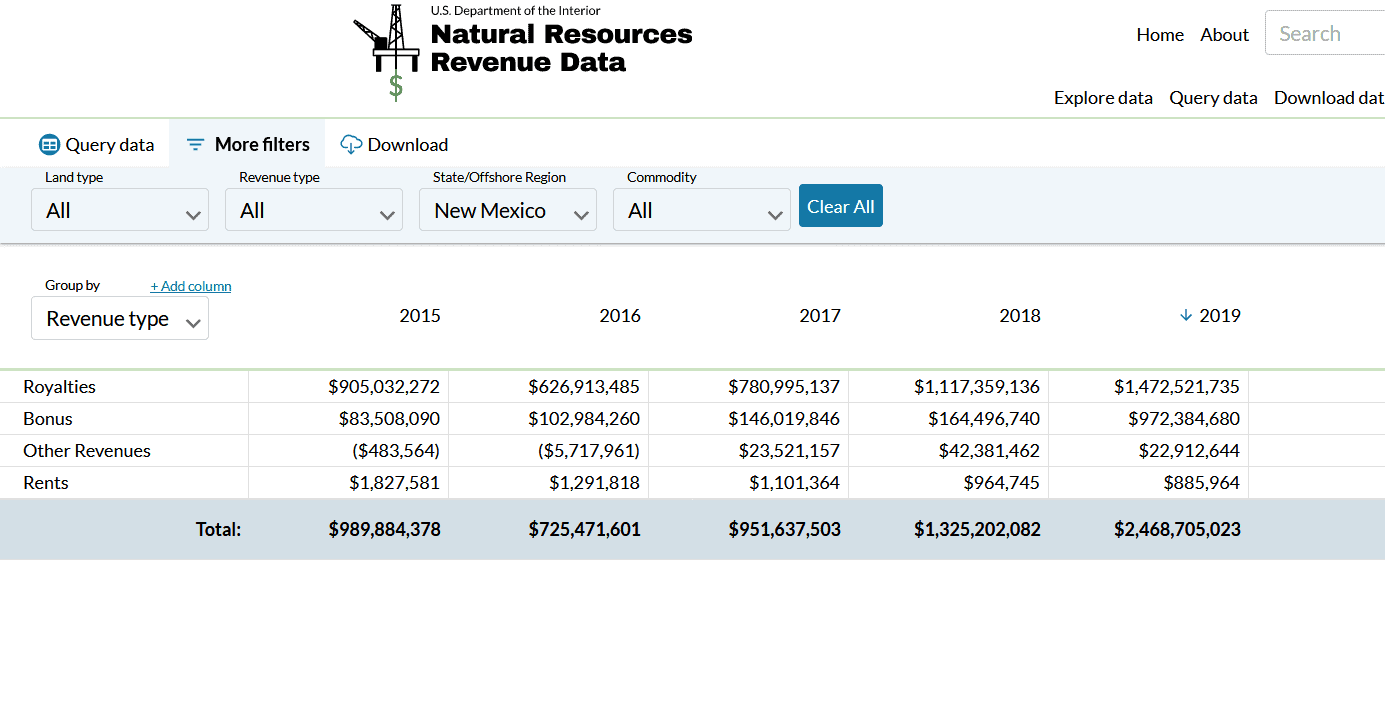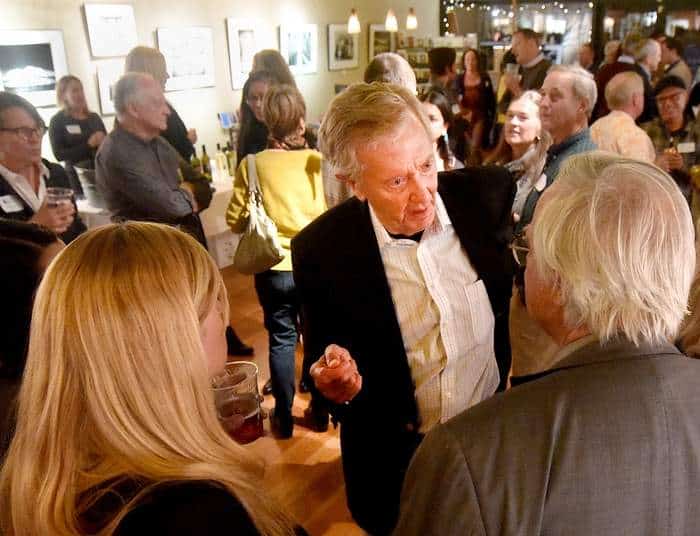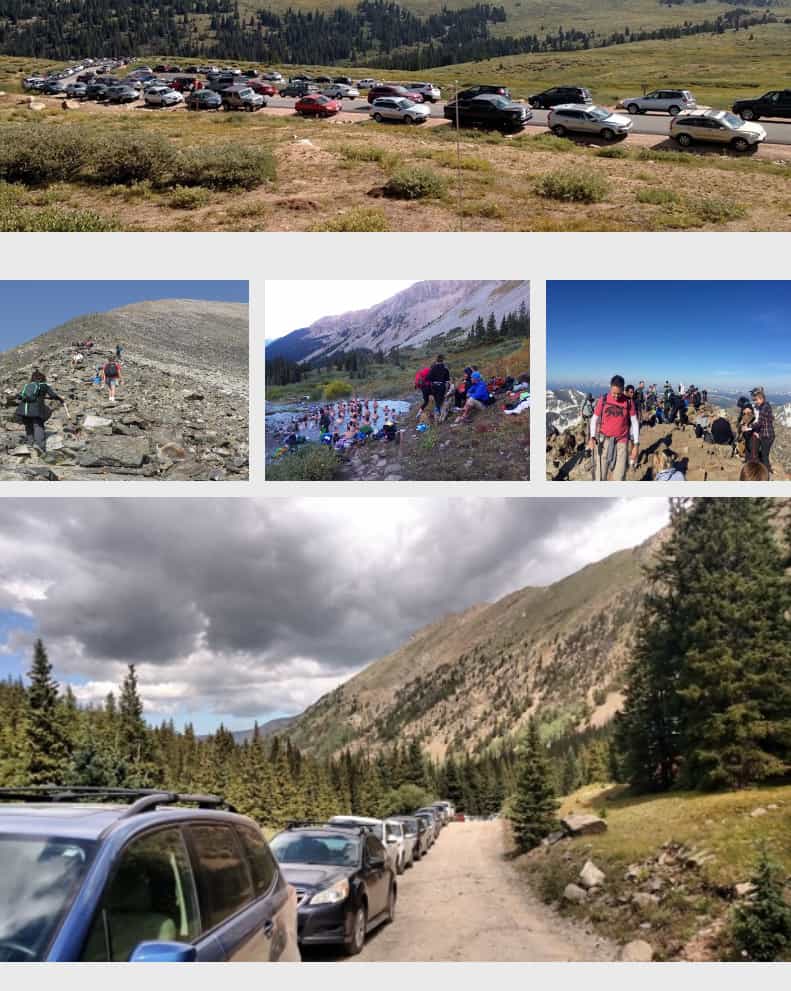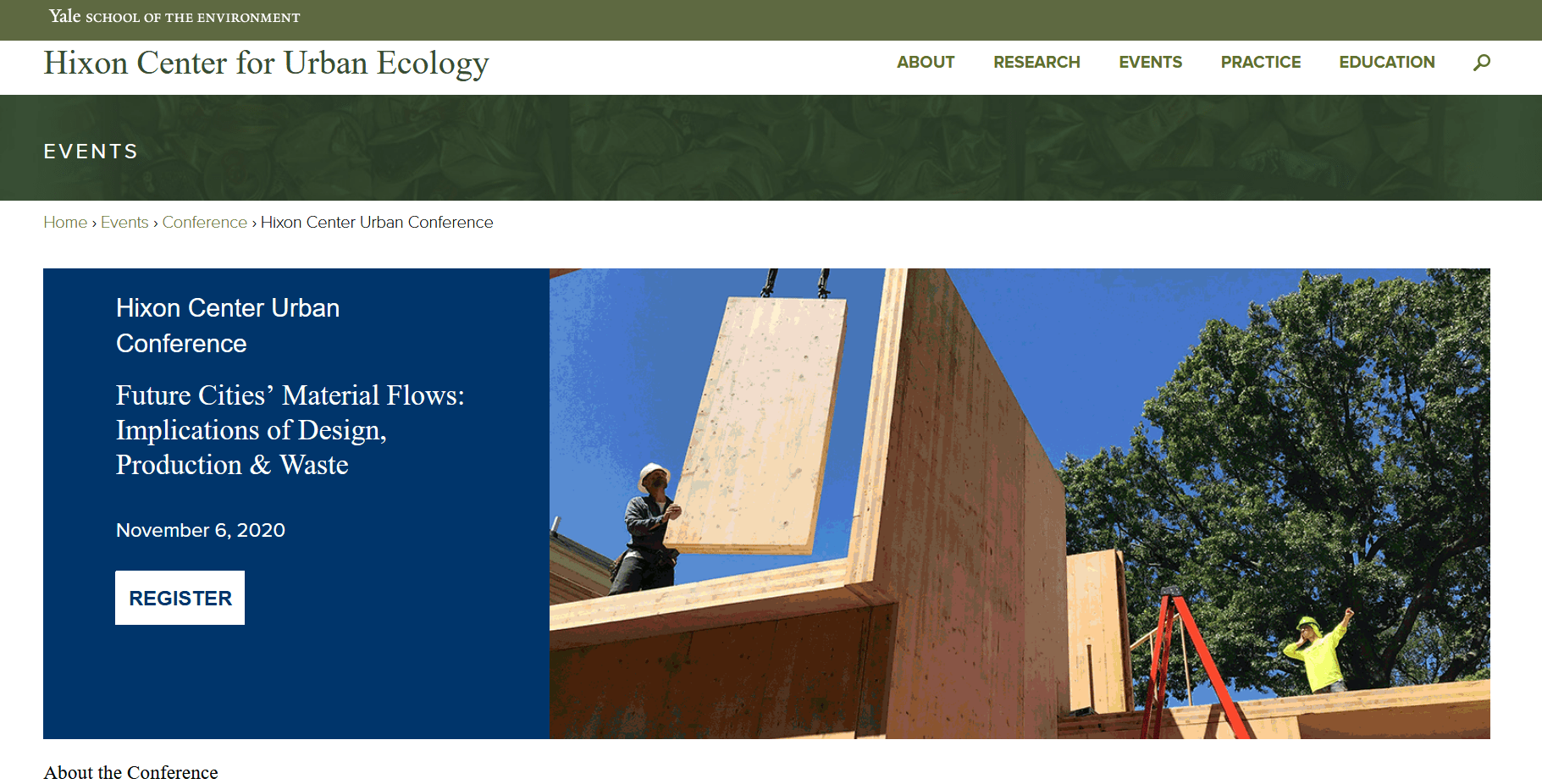
Here’s a shout-out to Heather Richards of E&E News for diving into this with this story. This is extremely complicated stuff so if anyone can help clarify, please do so!
1. No fracking? No oil and gas drilling at all? No new leases? No new permits? If you’re confused..
The campaign’s proposal includes a first-day promise to ban new permitting, which approves specific drilling plans, and bar new leasing, which gives prospectors a 10-year property right to develop federal minerals.
The president-elect’s platform has also pledged an end to hydraulic fracturing on public lands, a contentious development technique that is ubiquitous in the U.S. oil patch and has long stoked criticism from environmentalists.
But if you ban new O&G permits and leases, then isn’t fracking a subset of what you have already ended by not allowing new O&G permits and leases? It’s almost as if people use fracking interchangeably with O&G sometimes, but not other times.
2. End to leasing.. “just say no,” plus four years of intensive plan and EIS production?
An end to leasing is widely viewed as the most feasible part of the Biden oil and gas proposals, according to experts.
“The leasing part is very doable. The permitting part is a lot harder,” said Kevin Book managing director at ClearView Energy Partners LLC.
A lease is a property right to develop federal minerals. And there are several ways that the administration can simply stop selling these leases temporarily, as the Obama administration did with coal in 2016 when it overtook a review of the federal coal program, Book said.
The Biden administration could make more long-term gains by penning regulations and management plans that make less land and water available for leasing in the future, he said.
Over time, a leasing ban strategy could take a bite out of federal oil and gas production with long-term implications that could outlast a four- or eight-year presidential tenure, according to Book.
The analyst firm Wood Mackenzie said in a brief Saturday that an end to leasing on federal land would be “minimal” in the near term. With offshore, the ban would play out gradually. By 2035, production would be roughly 30% less than if leasing had continued, the firm estimated.
I wonder about the “minimal” could be minimal changes in production/CO2, but not so much minimal in terms of payments to states from bonus bids. And of course if COVID/low prices have major effects bids would go down unpredictably anyway.
3. End to permitting.. more difficult, and less legal
A permitting ban, which Biden has targeted as a day one priority when he enters the White House, represents a trickier attempt to reduce oil and gas activity, Book said.
Once a company that holds a lease wants to take action to develop those minerals, it files an application for permit to drill with the Bureau of Land Management, for onshore wells, and the Bureau of Safety and Environmental Enforcement, for offshore.
If permitting is blocked, a company could argue the federal government is violating its legal right to develop, said Watson, the former Interior assistant secretary.
“I would question legally if that would be so easy to do,” Watson said. “What would be the grounds for that and then what would be the action?”
4. D Governor Asks for Waiver From Fracking Ban
In another E&E news story, Heather Richard talks about some implications of a ban for a largely Democratic relatively low-income state, New Mexico, and the request of the Governor (talked about as a potential new Cabinet member) for a waiver.
A painful fracking ban?
It was not a huge surprise when New Mexico Gov. Michelle Lujan Grisham, a Democrat who signed the 2019 Energy Transition Act committing New Mexico to hit 100% renewable energy by 2045, said she’d ask for a fracking-ban waiver, if a president were to institute one.
I can’t help but point out that former candidate and current Senator Sanders introduced a bill to ban fracking. His home state still uses oil and natural gas. Vermont, according to EIA:
“Nearly 3 out of 5 Vermont households heat their homes with petroleum, 1 out of 5 use natural gas, and almost 1 out of 6 burn wood for heat. More than one-third of Vermont schoolchildren attend facilities heated by wood products.”
Perhaps New Mexico legislators should introduce a bill to reduce carbon emissions and local environmental pollution by banning dairy cattle across the United States?
I think part of a unifying kind of policy is making sure that climate interventions are developed jointly with communities, States and Tribes, and that benefits and costs are spread fairly across the country, and across races, classes and cultures, as justice might require. That’s certainly easier to write in a position statement than to do.





